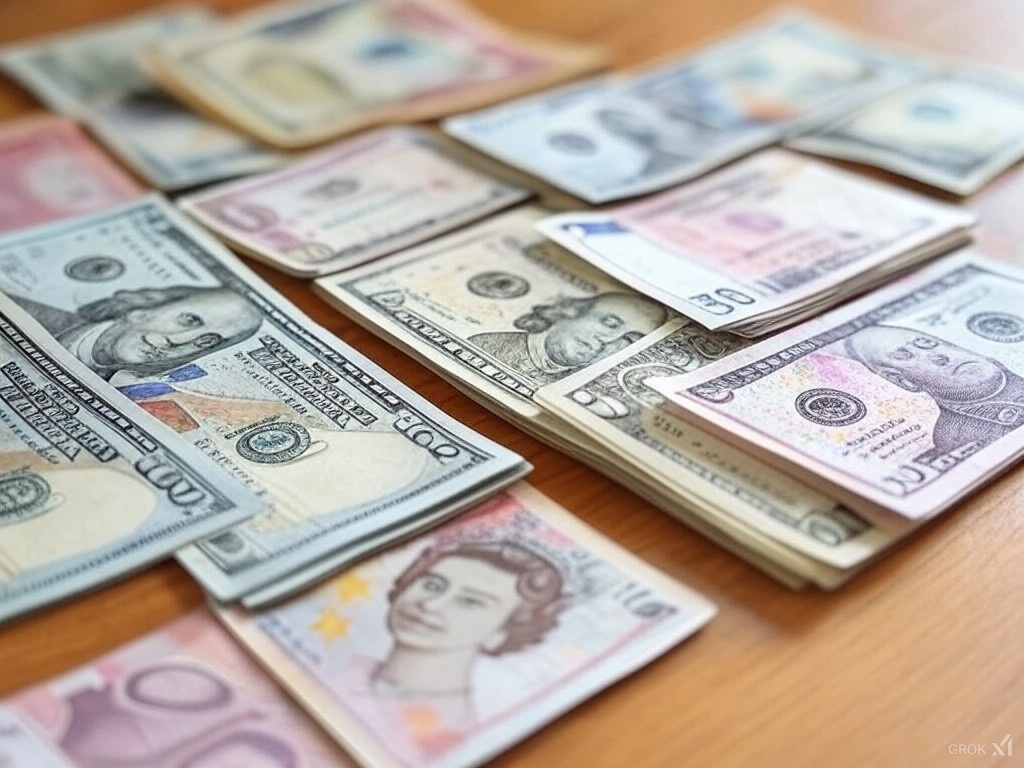Currencies fluctuate in value based on various factors such as economic stability, interest rates, inflation, and trade balances. Some currencies have remained remarkably strong compared to others due to these elements, making them more valuable. Here, we explore the top 10 strongest currencies in the world, focusing on what makes each of them dominant in the global financial market.
1. Kuwaiti Dinar (KWD)
The Kuwaiti Dinar is the world’s strongest currency, known for its high value against the US dollar. Kuwait’s rich oil reserves and stable economy are key factors contributing to this. The dinar is widely used in oil transactions and is pegged to a basket of currencies.
2. Bahraini Dinar (BHD)
The Bahraini Dinar is the second most valuable currency globally. Its strength comes from Bahrain’s petroleum-based economy and financial sector. With a fixed exchange rate to the US dollar, BHD has consistently maintained a high exchange rate.
3. Omani Rial (OMR)
Oman’s strong economy, driven by oil exports, underpins the Omani Rial. Like the Bahraini Dinar, the OMR is pegged to the US dollar, allowing it to hold a firm exchange rate. Oman’s government has diversified its economy, adding stability to the currency.
4. Jordanian Dinar (JOD)
Despite Jordan not being an oil-producing country, the Jordanian Dinar remains one of the world’s strongest currencies. This is largely due to Jordan’s tight control over its currency and prudent economic policies.
5. British Pound Sterling (GBP)
The British Pound is one of the oldest currencies still in use and continues to be a benchmark in global markets. The UK’s diversified economy and London’s status as a global financial hub play a significant role in its currency’s value.
6. Cayman Islands Dollar (KYD)
The Cayman Islands is a well-known offshore financial center, attracting international businesses and investors. The strength of the KYD comes from the country’s robust banking sector and its role in global finance.
7. European Euro (EUR)
The Euro is used by 19 of the 27 European Union countries, making it one of the most widely traded currencies. The Eurozone’s collective economic strength keeps the Euro valuable, even amid fluctuations within individual member states.
8. Swiss Franc (CHF)
The Swiss Franc is regarded as a safe haven currency, highly sought after during economic instability. Switzerland’s neutral political stance and strong banking system contribute to the value of CHF, making it one of the most stable currencies.
9. US Dollar (USD)
The US Dollar is the world’s most traded currency, used in global transactions and held as a reserve currency by many nations. While not the strongest in value, the USD’s dominance in international markets keeps it highly influential.
10. Canadian Dollar (CAD)
The Canadian Dollar is strong due to Canada’s substantial natural resource exports, particularly oil. Its close ties to the US economy and Canada’s stable political environment contribute to the currency’s strength on the global stage.
Factors Affecting Currency Strength
The strength of a currency is determined by several economic factors, including inflation rates, interest rates, and government policies. Countries with strong currencies often have stable governments, low inflation, and robust economies.
Conclusion
The strength of a currency reflects the overall health and stability of a country’s economy. These 10 currencies remain strong due to their respective nations’ economic policies, natural resources, and trade balances. For investors and traders, understanding the strength of these currencies provides insight into global financial trends.


